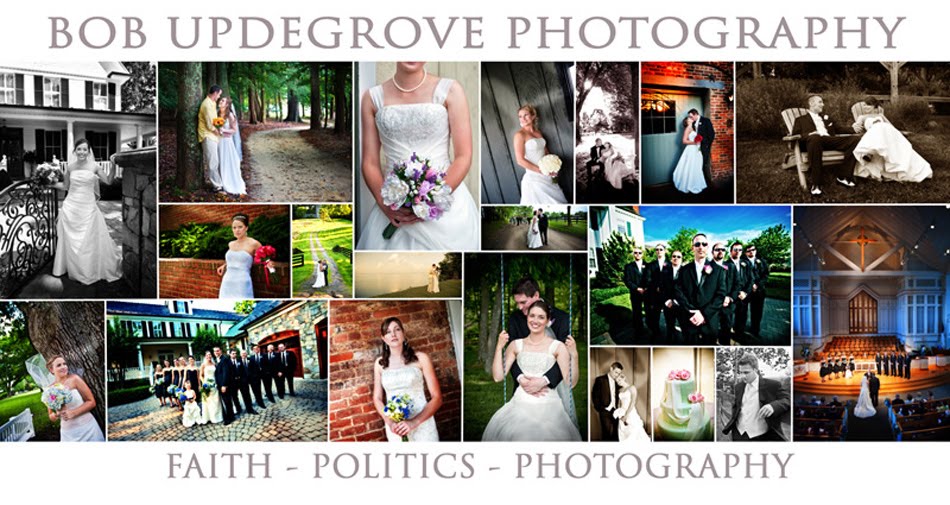So before we leave the subject of exposure, which has been our subject for the first three sessions, we need to go over one more exposure function in your camera. By now you should know that your camera has a built in exposure meter. This meter will analyze the lighting within the scene as you point your camera toward your subject. Based on that light, your camera will determine what it believes to be the proper exposure (if you have it set to one of the auto exposure modes). It will also tell you in manual mode, but you have to manually make the aperture and shutter speed selections. But depending on your subject, the auto exposure can be fooled. There are ways to control how your exposure meter is reading the light.
Your camera might give you up to three different ways to meter a scene: 1) multi-segment, 2) center weighted, and 3) spot metering. Multi segment usually divides up your meter into 5 or 7 sections. When you point your camera toward your scene, the camera is actually making calculations based on the lighting it reads in each of those 5 or 7 sections, and then averages them out into a proper exposure. This, in most cases, is what I would recommend you set your meter to. It is probably the safest setting. Center weighted takes the exposure reading based on what is in the center circle of the viewfinder. Let's say you have a person in the shadows with brightness all around them. Since the person is the important part of the image, you might want to use center weighted metering, point your camera with the person in the center, and take your exposure based on the light that is falling just on that person. Your meter is ignoring all the other light in the scene. In this situation the person would then be more properly exposed, but all the bright area will get blown out. The third metering method, spot metering, refines the metering even further. The metering is based on a smaller "spot" in your viewfinder. If you wanted to meter the light falling right around a person's eyes, you could use spot metering to get your meter reading from that small of an area (depending on how close you are and what lens you are using), getting a more precise reading.
I shoot mostly in multi-segment metering, largely because I am always afraid that if I change it to spot I might forget to turn it back, potentially giving me exposure readings that I don't want. As I say this though, I keep thinking I don't utilize these other metering options as much as I should.
One more consideration that fits this discussion: most d-slr cameras have a button near the trigger button that allows you to lock in an exposure. If you are using spot metering or maybe even center-weighted, and the area you want to meter is not in the center of your viewfinder, you might want to point your camera so that the area you want to meter has the spot on it, and while you are taking your reading (by holding down the trigger button half way), you hold down this exposure lock button. That keeps your metered exposure reading locked in while you recompose your scene. You need to keep that button pressed while you shoot your image.
Next session will get into something different: indoor photography and flash.

No comments:
Post a Comment